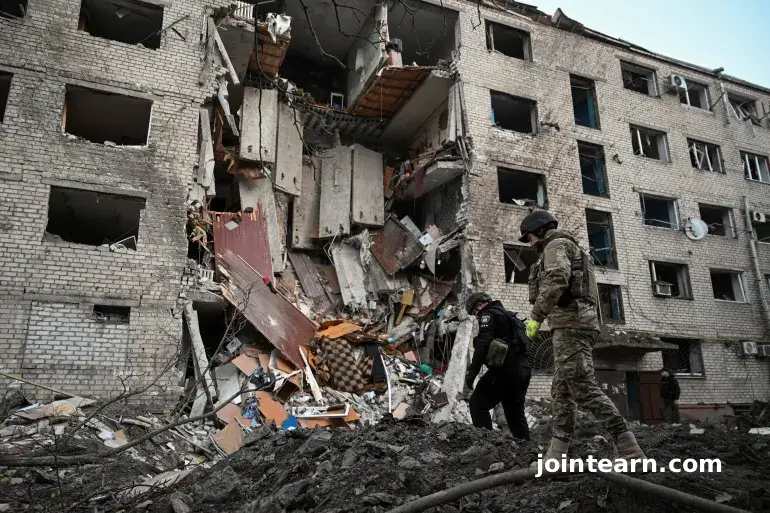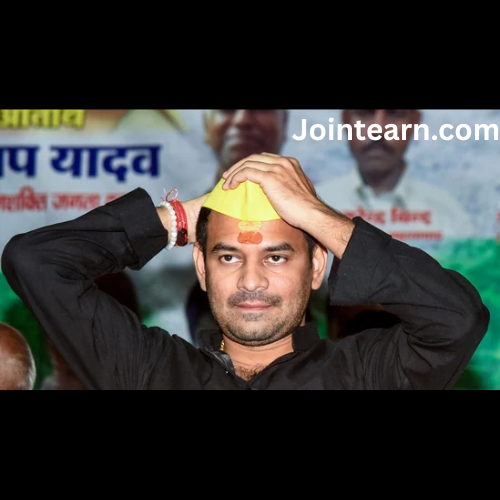
POKROVSK, UKRAINE — Fierce battles are raging across eastern Ukraine as Russian and Ukrainian forces clash for control of the strategic cities of Pokrovsk and Myrnohrad in the Donetsk region. As the fighting escalates, Russian President Vladimir Putin has unveiled a new series of nuclear-powered weapons, raising fears of renewed nuclear brinkmanship amid Europe’s most destructive war in decades.
Desperate Battles in Eastern Ukraine
The city of Pokrovsk, a key Ukrainian stronghold, has become the epicenter of the latest phase of Russia’s invasion. On Sunday, Russian Chief of Staff Valery Gerasimov informed President Putin that the 2nd and 51st Combined Arms Armies had surrounded Ukrainian forces in Pokrovsk and Myrnohrad, claiming Moscow’s troops had “completed the encirclement of the enemy.”
According to Gerasimov, approximately 5,500 Ukrainian soldiers, including elite airborne and marine units, were trapped in what he described as a decisive operation.
However, several Russian military bloggers and analysts contradicted these claims, saying Moscow’s encirclement was far from complete. A prominent pro-war Telegram channel known as Military Informant told its 621,000 followers, “There is simply no encirclement. The two pincers of the Russian advance are still several kilometers apart.”
Ukrainian Commander-in-Chief Oleksandr Syrskyi also dismissed Gerasimov’s claims, calling them “propaganda designed to boost Russian morale.”
“The statements of Russian propaganda about the alleged blocking of Ukrainian defense forces in Pokrovsk and Kupiansk do not correspond to reality,” Syrskyi said.
Pokrovsk: The Frontline of Attrition
Geolocated battlefield footage from October 23 indicated that small Russian infantry groups had entered western and central Pokrovsk, but had not taken full control of any key districts. Ukrainian resistance remains intense, with defenders launching ambushes, sabotage operations, and counterattacks to slow Russian advances.
Ukraine’s General Staff described the situation as “difficult but stable,” estimating around 200 Russian troops were inside the town but struggling to secure permanent positions.
Military analyst Konstantyn Mashovets reported that Ukrainian forces had launched successful ambushes on Russian positions northeast of Pokrovsk, near the village of Sukhetsky, proving the front remains fluid and unpredictable.
“The abundance of drones makes large-scale troop movements almost suicidal,” Mashovets explained. “This has turned the battlefield into a patchwork of mixed control zones, with neither side maintaining clear dominance.”
Russian-aligned outlet Rybar echoed this assessment, noting that the front line is now so fragmented that “it is nearly impossible to determine precise control boundaries.”
Ukraine’s Counterstrikes: Targeting Russia’s Energy Infrastructure
While Russia intensified its assault on Pokrovsk, Ukraine launched retaliatory strikes deep inside Russian territory, targeting key energy hubs and fuel storage sites.
On October 23, Ukraine’s long-range drones struck the Ryazan oil refinery for the fifth time this year, igniting a massive fire in a crude oil distillation unit. Russia’s Defence Ministry claimed to have shot down 139 Ukrainian drones overnight, but admitted some facilities sustained damage.
Ukrainian drones also hit a fuel container in Simferopol, according to Crimean occupation governor Sergey Aksyonov, and reportedly reached as far as Leningrad Oblast, though local officials claimed no casualties.
These attacks underscore Ukraine’s growing ability to project power beyond its borders, fulfilling President Volodymyr Zelenskyy’s promise to “bring the war home to Russia.”
“Special attention is focused on Pokrovsk and the neighboring areas — that is where the occupier has concentrated its largest assault forces,” Zelenskyy said in his nightly address.
Putin Unveils “Weapons No One Else Has”
Amid escalating fighting, President Putin used a public appearance this week to unveil a new generation of nuclear-capable weapons, which he said would secure Russia’s strategic dominance for decades.
Speaking to Russian war veterans in Moscow, Putin announced the successful test of the Poseidon, a nuclear-powered torpedo designed to create radioactive tidal waves capable of devastating coastal regions.
“There’s nothing like it in the world,” Putin boasted. “Its rivals are unlikely to appear anytime soon, and there are no existing interception methods.”
According to Russian media, the Poseidon can travel 10,000 kilometers (6,200 miles) at speeds of up to 185 km/h (115 mph), carrying a nuclear payload designed to target naval bases and coastal cities.
Days earlier, Putin revealed the successful test of another nuclear-powered cruise missile, the Burevestnik, which he described as “a unique weapon unmatched by any other nation.”
Andrey Kartapolov, chairman of Russia’s State Duma Defense Committee, said the Poseidon was “capable of disabling entire states,” rhetoric that analysts say is aimed at intimidating the West.
Russia’s Escalating Nuclear Posture
The new weapons tests come as tensions rise between Moscow and Washington. Putin’s announcement followed U.S. President Donald Trump’s decision to cancel a planned summit with the Russian leader and impose new sanctions on Russian energy giants Lukoil and Rosneft.
In response, Dmitry Medvedev, deputy chair of Russia’s Security Council, declared the U.S. “an adversary on the warpath” and accused Trump of being “completely aligned with mad Europe.”
Russia has previously demonstrated similar nuclear brinkmanship. In November 2024, Moscow launched the Oreshnik, a hypersonic ballistic missile, in a strike on a Ukrainian factory in Dnipro. This week, Putin said he plans to deploy the Oreshnik in Belarus by December 2025.
Meanwhile, Russia also tested the Sarmat intercontinental ballistic missile over the Sea of Japan, though Western defense officials said the tests were not independently verified.
Western Reaction: “End the War, Not Test Missiles”
From Washington, President Trump responded critically to Putin’s show of force.
“I don’t think it’s an appropriate thing for Putin to be saying,” Trump told reporters. “You ought to end the war — the war that should have taken one week is now in its fourth year.”
Analysts say Putin’s renewed focus on nuclear deterrence is both a message of defiance to the West and an attempt to reassert control at home as Russian casualties mount and international sanctions bite deeper.
The Road Ahead: A Dangerous Escalation
As the battle for Pokrovsk intensifies and Russia brandishes its nuclear arsenal, the conflict in Ukraine appears poised to enter a more volatile phase.
With both sides digging in and the front line increasingly fluid, analysts warn that the war could soon resemble a multi-front hybrid conflict, combining drones, cyber warfare, and nuclear deterrence.
For now, Pokrovsk remains under siege — a symbol of Ukraine’s defiance and Russia’s relentless push for control over eastern Donetsk.


Leave a Reply